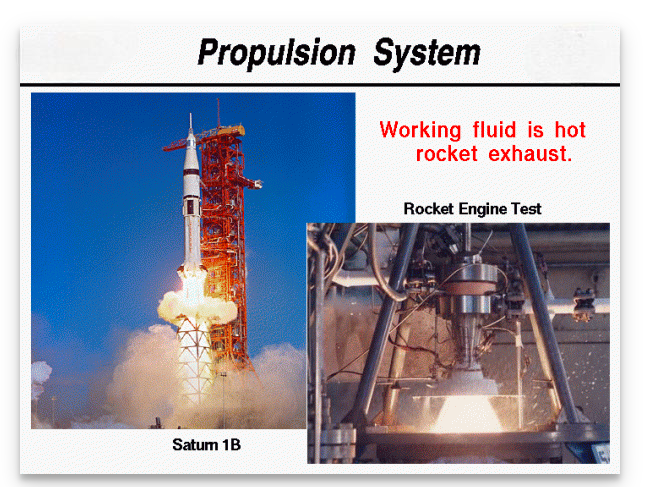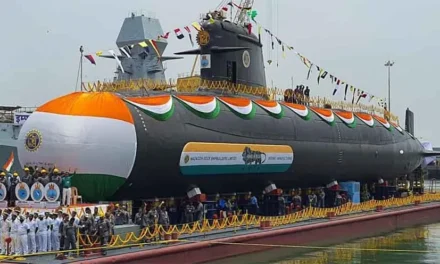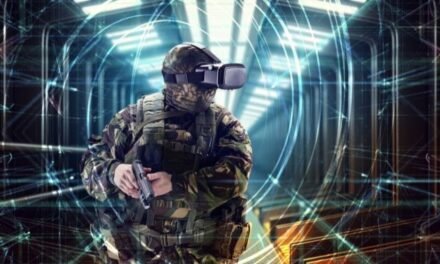Propulsion systems in space vehicles provide the thrust necessary for launching, maneuvering, maintaining orbit, and navigating through space. Unlike propulsion systems on Earth, space propulsion operates in the vacuum of space where there is no atmosphere, requiring unique principles and designs to generate thrust.
Principle of Space Propulsion
- Newton’s Third Law of Motion:
- “For every action, there is an equal and opposite reaction.”
- Propulsion systems expel mass (propellant) at high velocity in one direction to produce thrust in the opposite direction.
- Key Considerations:
- No atmospheric resistance in space, so thrust efficiency and fuel economy are critical.
- Space propulsion must work independently of external air.
Main Types of Propulsion Systems
1. Chemical Propulsion
Chemical propulsion systems use the chemical energy stored in propellants to generate thrust. These systems are widely used for launch vehicles and spacecraft maneuvers.
a. Liquid Propellant Engines
- How It Works:
- Combustion of liquid fuel and oxidizer generates hot gases that are expelled through a nozzle.
- Components:
- Fuel (e.g., liquid hydrogen, kerosene).
- Oxidizer (e.g., liquid oxygen, nitrogen tetroxide).
- Combustion chamber, turbo pumps, and exhaust nozzle.
- Examples:
- Rocket engines like the SpaceX Raptor (methane and liquid oxygen) and RS-25 (liquid hydrogen and oxygen).
- Applications:
- Launch vehicles, orbital corrections, interplanetary missions.
b. Solid Propellant Engines
- How It Works:
- A solid mixture of fuel and oxidizer burns to produce thrust.
- Advantages:
- Simple design, high reliability, and long storage life.
- Disadvantages:
- Thrust cannot be throttled or stopped once ignited.
- Examples:
- Boosters like the Solid Rocket Boosters (SRBs) on the Space Shuttle.
- Applications:
- Initial boost during launches, military missiles.
c. Hybrid Propellant Engines
- How It Works:
- Combines a liquid oxidizer with a solid fuel.
- Advantages:
- Greater control than solid engines and simpler than liquid engines.
- Examples:
- Virgin Galactic’s SpaceShipTwo hybrid propulsion system.
- Applications:
- Suborbital and orbital vehicles.
2. Electric Propulsion
Electric propulsion systems use electrical energy to accelerate ions or plasma to generate thrust. These systems are ideal for long-duration missions where efficiency outweighs the need for high thrust.
a. Ion Thrusters
- How It Works:
- Ionizes a gas (e.g., xenon) and accelerates ions using electric fields.
- Advantages:
- Extremely fuel-efficient and suitable for long-term space travel.
- Disadvantages:
- Low thrust requires longer acceleration times.
- Examples:
- NASA’s Dawn spacecraft used ion propulsion for its mission to Ceres and Vesta.
- Applications:
- Deep space exploration, satellite station-keeping.
b. Hall Effect Thrusters (HETs)
- How It Works:
- Uses a magnetic field to accelerate ions.
- Advantages:
- More efficient than chemical propulsion but provides higher thrust than traditional ion thrusters.
- Examples:
- Satellites and interplanetary missions like ESA’s SMART-1 lunar orbiter.
- Applications:
- Satellite propulsion, orbit raising, interplanetary missions.
c. Electrospray Thrusters
- How It Works:
- Ionizes liquid salts and ejects them using high voltages.
- Advantages:
- Compact and highly efficient.
- Applications:
- CubeSats and small spacecraft.
3. Nuclear Propulsion
Nuclear propulsion systems use nuclear reactions to generate energy for thrust. These systems are still experimental but offer great potential for interplanetary missions.
a. Nuclear Thermal Propulsion (NTP)
- How It Works:
- Heat generated by a nuclear reactor is used to expel hydrogen or another propellant.
- Advantages:
- High thrust and efficiency compared to chemical systems.
- Examples:
- Proposed for missions to Mars by NASA.
- Applications:
- Deep space exploration.
b. Nuclear Electric Propulsion (NEP)
- How It Works:
- A nuclear reactor generates electricity, powering an electric propulsion system like an ion or Hall thruster.
- Advantages:
- High efficiency, ideal for long-duration missions.
- Applications:
- Missions to outer planets or beyond the solar system.
4. Solar Propulsion
Solar propulsion systems use the Sun’s energy to produce thrust or power propulsion systems.
a. Solar Sails
- How It Works:
- Thin reflective sails harness photon momentum from sunlight to propel the spacecraft.
- Advantages:
- Requires no fuel, enabling indefinite operation.
- Examples:
- Japan’s IKAROS spacecraft, Planetary Society’s LightSail.
- Applications:
- Long-term exploratory missions, CubeSats.
b. Solar Electric Propulsion (SEP)
- How It Works:
- Solar panels generate electricity to power electric thrusters.
- Examples:
- NASA’s Psyche mission to an asteroid will use SEP.
- Applications:
- Interplanetary missions, orbital maneuvering.
5. Emerging and Experimental Propulsion Systems
a. Fusion Propulsion
- How It Works:
- Fusion reactions produce high-energy plasma for thrust.
- Potential:
- Extremely efficient with high thrust-to-weight ratio, suitable for interstellar travel.
b. Antimatter Propulsion
- How It Works:
- Collisions between matter and antimatter produce energy for propulsion.
- Challenges:
- High cost and difficulty in antimatter production and storage.
c. Plasma Thrusters
- How It Works:
- Accelerates plasma using magnetic or electric fields.
- Example:
- VASIMR (Variable Specific Impulse Magnetoplasma Rocket) under development for fast interplanetary travel.
Propulsion systems are the driving force behind space exploration, and each type is optimized for specific missions. While chemical propulsion remains the backbone for launches, electric and emerging technologies are paving the way for longer, more efficient, and ambitious space missions, including interplanetary travel and deep-space exploration.













